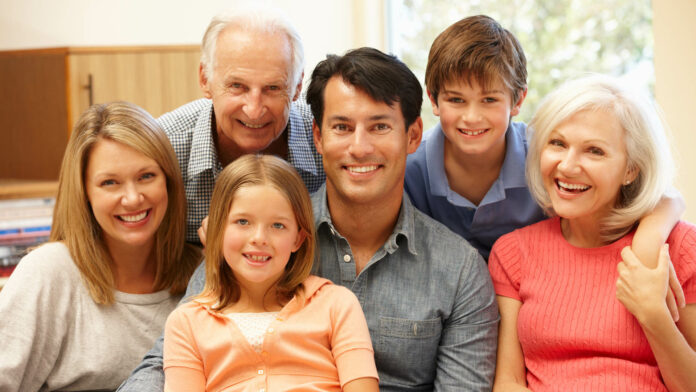Multigeneration housing communities are becoming havens for older adults raising children.
Grandfamily Housing Becoming More Recognized
An estimated 2.5M grandparents are the primary caregivers of approximately 7.8M children in this country. In about one-third of these grandfamily homes, neither of the children’s parents are living in the home.
These numbers took off during the Great Recession and during the US’s opioid epidemic as parents became incarcerated and/or were dealing with addiction. Of course, the COVID pandemic exacerbated this reality as many parents lost jobs and could no longer provide housing for their children.
Rodney Harrel, vice president for family, home and community with AARP, said, “There have been grandparents raising grandchildren for a long period of time. It’s relatively recently that housing developers have started to pay attention.”
Why the Need for Grandfamily Housing?
During the Great Recession, opioid epidemic and COVID, foster care and homeless shelters became inundated with families and children needing not only housing but care. Pre-COVID, according to Harvard’s Joint Center for Housing Studies, the number of “cost burdened” older households (65 years and older) hit nearly 10.2M and less than -4% of US homes had the basic accessibility features needed by 25% of all grandparents with one or more disabilities who are raising children.
Meanwhile, many age-restricted communities for those 65 years and older don’t allow children.
And then there’s the problem of separate funding among multiple government agencies designed to assist grandparents and children separately, not together. There is no such thing as overlapping funding or services for aging adults, low-income housing and child welfare.
Grandfamily Housing Just Taking Off
According to Generations United, a nonprofit focused on intergenerational housing collaboration, there are approximately 19 grandfamily housing programs with on-site services throughout the US. Such programs are financed with a combination of public and private financing. For example, Bridge Meadows in North Portland OR has 9 townhouses available for eligible families (low-income older adults, foster families, adoptive families that are raising a child) and 27 apartments for single, older adults.
Fiddlers Annex in Smithville TN, Plaza West in Washington DC, and Grandparent Family Apartments in the Bronx are other examples of grandfamily housing programs nationwide. And just to emphasize, all grandfamily housing programs have different eligibility requirements, different financing and different areas of focus.
Proposed Federal Legislation to Expand, Stabilize and Provide More Uniform Eligibility Standards and Services
Several lawmakers in both the US Senate and House of Representatives are proposing legislation to help stabilize and expand grandfamily housing under the moniker of The Grandfamily Housing Act.
If/when such legislation is passed, eligibility standards and funding would be developed/expanded to serve more grandfamilies with housing, provide funding to make all-ready established senior housing more accessible/safer to older adults raising children and provide comprehensive service models and staffing for multigenerational families.
For more information concerning grandfamily housing, please go to grandfamilies.org and Generations United at
https://www.gu.org/explore-our-topics/grandfamilies/
Thanks to Generations United and The New York Times.
























